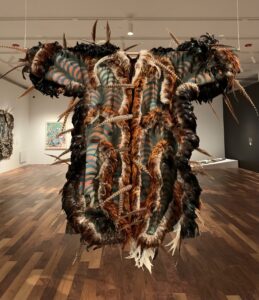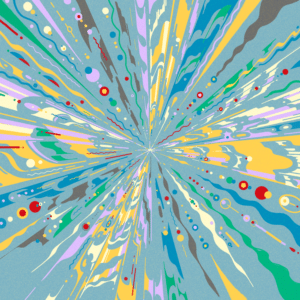As part of a project for the Magnum Foundation, supported by the Henry R. Luce Initiative on Religion in International Affairs, Yael Martínez and Orlando Velázquez produced a series of photographs and photo-illustrations documenting the rituals and beliefs of indigenous communities in Mexico. Layering their respective media allowed them to illuminate the spiritual connections between the physical and the invisible, illustrating what could be “felt, but not seen.”
Water is life. So, too, is blood. And for the indigenous communities of Mexico’s Guerrero state, the two are closely intertwined in their beliefs. To them, a drop of blood spilled in ritual combat becomes a drop of rain.
These beliefs, where spirits inhabit the environment and offerings are given in thanks or supplication to nature, existed before the Spanish conquest and have endured to this day (at times syncretizing their beliefs with Catholic ones). Originally dismissed by Christians as mere idolatry, the rituals underscore a core tenet Yael Martínez heard as he explored the region’s indigenous religion. “Their philosophy is holistic,” Mr. Martínez said. “When you talk to the campesinos, they say, ‘We eat the land and the land eats us.’ Everything is cyclical.”
Mr. Martínez set out to document the rituals, collaborating with a small team to produce “La Sangre y La Lluvia,” or “The Blood and the Rain.” Funded by the Magnum Foundation, the project uses photos that are sometimes combined with illustrations by Orlando Velázquez, Mr. Martínez’s brother, and commentary by Julio Glockner, an anthropologist who has extensively studied indigenous rituals. He also enlisted the help of Rene Tlacotempa, a local man who participated in ritual combat, as a guide.







